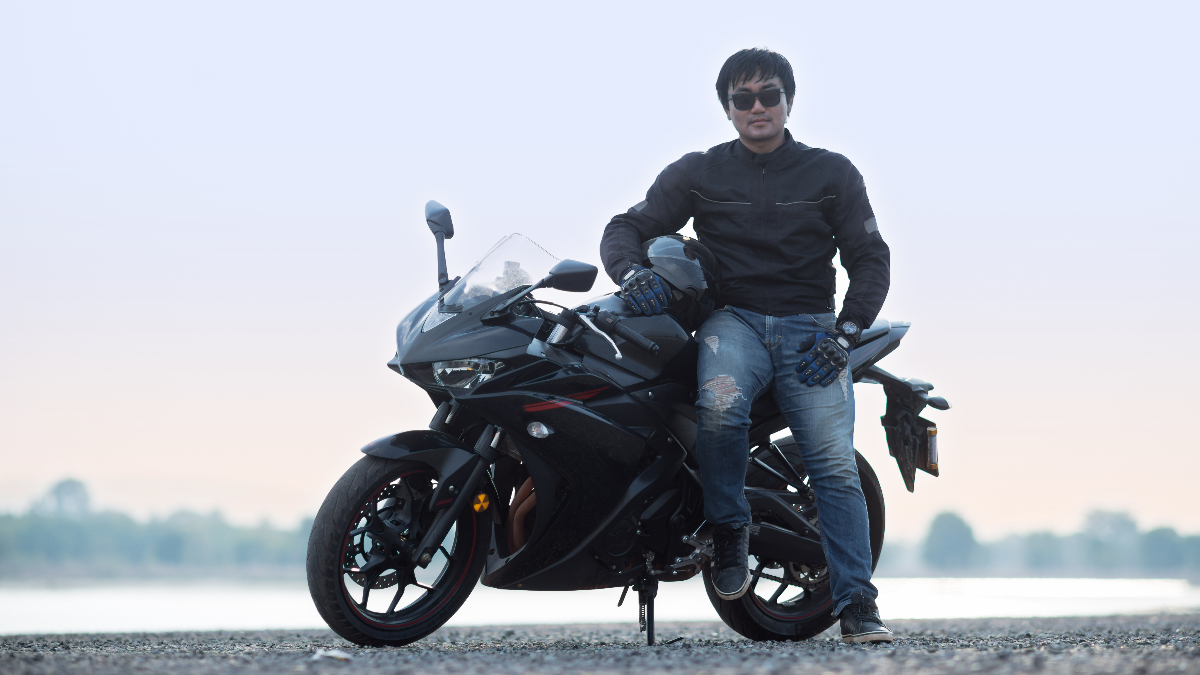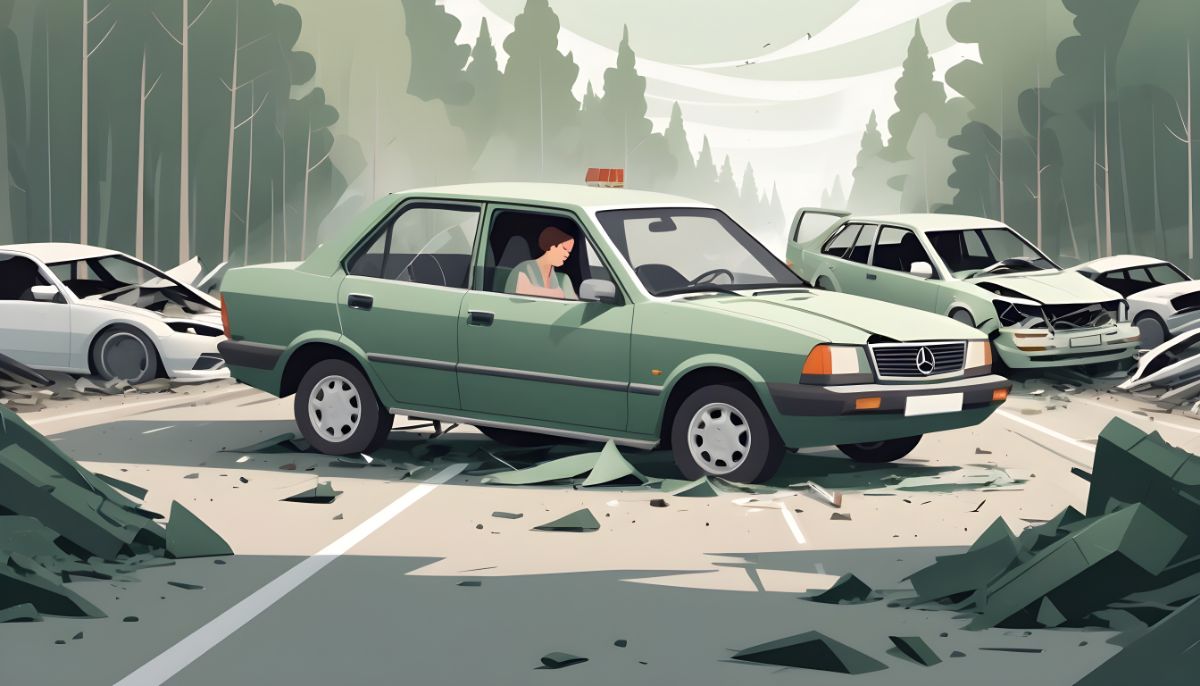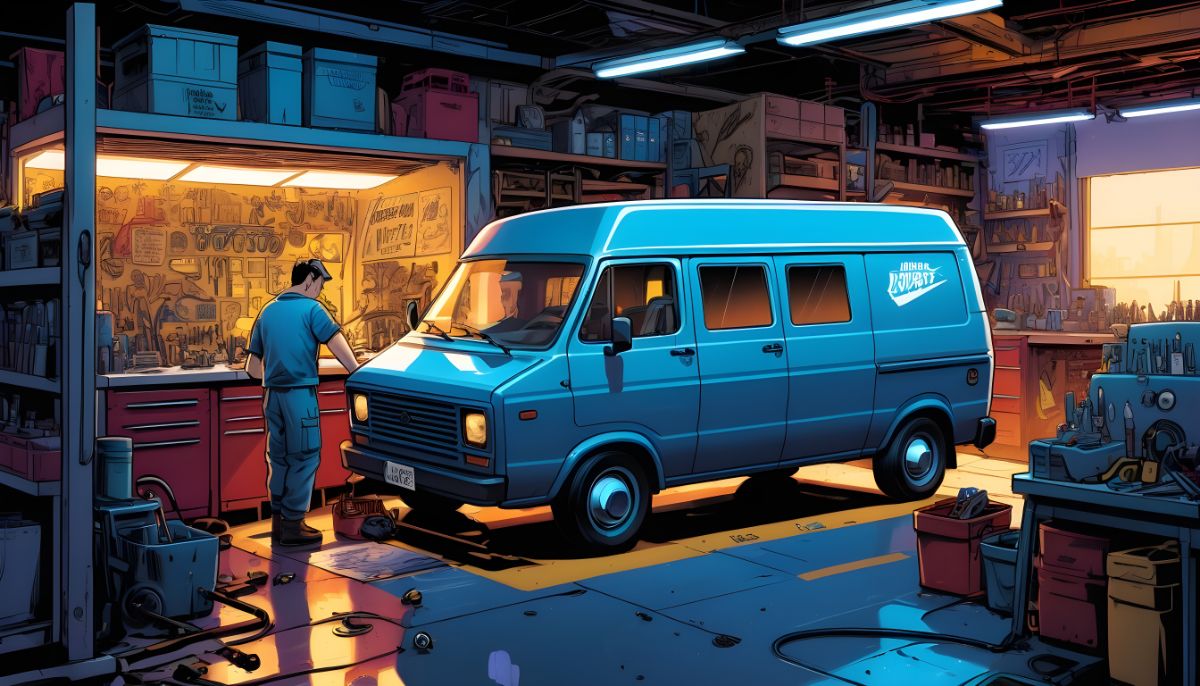
All The Gear, All The Time is a motorcycle philosophy that focuses on the safety of the rider. Followers of ATGATT believe they must take full responsibility for the harmful consequences motorcycle accidents can cause to themselves and others. That is why they take every measure to minimize these consequences, such as injuries, and wear their protective motorcycle gear for every ride.
But how well can the motorcycle gear actually reduce the consequences of an accident? We’re taking a look at the anatomy of motorcycle clothing and how it protects us.
Basic Functions of Motorcycle Clothing
Motorcycle helmets, other motorgear and boots should:
- be resistant to abrasions, impacts, and penetrations
- support fragile bones & joints
- protect from weather influences
- redistribute the force of an impact
Most gear reaches these goals by using robust materials, padding, armor, and bracing. Additionally, for added comfort, the clothing often uses breathable inner linings and a weatherproof coating.
Motorcycle Boots
The following elements are important when it comes to a good motorcycle boot:
- base material – The shoe needs to be made from an abrasive-resistant material that protects from road rash and cuts.
- shaft – The shaft should cover your ankles (the first third of your lower leg) and be stiff enough not to twist.
- heel & toe box – Strengthened heel and toe boxes protect those fragile areas.
- bracing – The most protective motorcycle shoes have a plastic bracing system around the ankle, which stabilizes and gives additional protection.
- sole – The sole should be slip-resistant.
- fastening – If the boot has laces, there should be a way to secure them from entangling.
Motorcycle Clothing
Motorcycle clothing is made from:
- a robust outer lining – Leather or equally abrasion-resistant textiles protect you from road rash and cuts. They are also weatherproof and keep you warm.
- a breathable inner lining – An inner lining made out of GoreTex or similar allows sweat and warmth to travel away from your body.
- double stitches – Double stitches keep clothing and gloves from coming apart in accidents or through strain.
- padding and/or armor – Motorcycle clothing and gloves have additional protection in vulnerable areas like knees, elbows, shoulders, fingers, or the base of your palm. The armor absorbs and redistributes impacts to reduce the force on the rider’s body.
Levels of Armor
Most motorcycle armor is classified as CE (Conformitè Europënne – the quality certificate of the European Commission) Level 1 or Level 2. The level refers to how much force the armor transfers to the body in case of an impact.
The armors were tested in separate classes for limb or back armor. In the tests, the armor was repeatedly hit with 50-joule impacts. They then measured the average and maximum of force in kilonewtons (kN) that was transferred through the armor to the hypothetical wearer.
Level 1 Armor
- Limb – less than 35 kN on average / no single impact over 50 kN
- Back – less than 18 kN on average / no single impact over 24 kN
Level 2 Armor
- Limb – less than 20 kN on average / no single impact over 30 kN
- Back – less than 9 kN on average / no single impact over 12 kN
Level 2 armor is more effective than level 1 and the back armor offers more protection to the more critical areas of your body.
Motorcycle Helmet
Motorcycle helmets protect one of your most vital body parts, your brain. That is why you should never skimp out on paying for the good quality of certified full-face helmets. Good Motorcycle helmets are built of three layers:
- an outer shell – Made out of Kevlar, carbon fiber or plastic. Protects from abrasions and penetrations.
- an impact absorbing liner – Usually made from foam (EPS – expanded polystyrene). It absorbs and redistributes the force of an impact.
- a padded layer for comfort – Made from foam and a fabric cover. Absorbs heat and sweat and makes wearing the helmet more comfortable. Includes extra padding for your cheekbones.
Additional safety measures are a visor to keep wind, bugs, and other particles out of your eyes and the retention system that secures the helmet underneath your chin.
It is important to note that the adhesives connecting the protective layers can degrade after 5 years, leaving the helmet less effective. Experts advise replacing the helmet every five years and to never buy used helmets. On top of that, a helmet that has been in an impact of any sorts should be replaced. Even if no damage is visible, it can lose its effectiveness in absorbing a blow.
Conclusion
Motorcycle clothing combines an outer layer that protects from road-rash and cuts with protective armor and padding that absorb and lessen the force of impacts. Additional bracing protects vulnerable areas like ankles and finger bones from breaking and twisting. Without the appropriate protection, motorcycle riders put themselves at risk of injury and death. That is why a responsible motorcyclist starts each ride with the proper motorcycle gear.




